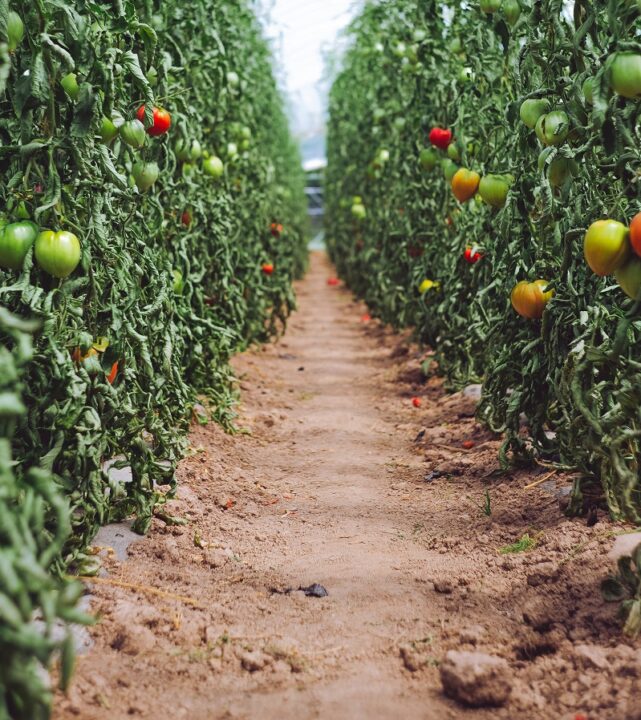A Century of Washington Apples
Editor’s note: As advanced as fruit production has become in the U.S., it’s important to understand where we have come from and remember lessons we’ve learned in the past. Jim Loudon, a 91-year-old former fruit co-op manager and orchardist takes a look back at the changes he has seen during a long career in the Washington apple industry.
Looking back 100 years, one obvious change in Washington would be in the apple varieties. Apple varieties in the 1920s and ’30s included ‘Winter Bananas’, ‘Stayman’, ‘Arkansas Black’, ‘Spitzenburg’, ‘Ben Davis’, ‘Winesap’, ‘Common Delicious’, ‘Jonathan’, ‘Rome Beauty’, and others. Current varieties have changed completely with many new varieties developed and being grown commercially.
Trees were larger in the 1920s and ’30s, typically nearly 15 feet high. Thinning and picking was accomplished mostly from a 10- or 12-foot wooden orchard ladder. Orchards varied mostly from 50 to 100 trees per acre. Today’s orchards are much larger, and with the development of controlled rootstock, trees can be grown smaller and planted much closer together, often at more than 1,000 per acre.
Water for irrigation usually came from a main canal, then flowed into smaller ditches or rills between each row of fruit trees. Spraying the trees was accomplished mostly with a sprayer and hose and hand nozzle. The sprayer consisted of a tank (typically a 200-gallon wooden tank with metal bindings) and a pump and motor mounted on wheels, pulled by a team of horses or a tractor. Today spraying is mostly done with a mechanical sprayer pulled through the orchard by a tractor. Some growers utilize spray planes and endeavor to minimize spraying by practicing integrated pest management (IPM).
In the fall, apples were picked into wooden apple boxes. Apple boxes were constructed from precut finished pine or fir lumber, called shook, and were nailed together at the orchard during the summer. Apple boxes were used to pick the apples at harvest and reused to pack the apples for marketing. The majority of the apples were picked from a ladder and placed into a picking bag or bucket that held approximately an apple box full and hauled out of the orchard on a stone boat or wagon. Most apples were originally packed near the orchard site. Apples were mostly cleaned by hand wiping but soon were cleaned by a machine with rotating rags or brushes to remove the residue.
Apples were sized, initially by the packer and later by some type of sizing machine. The apples were then individually wrapped in 10- to 12-inch square papers and placed into previously picked-in wooden apple boxes, with a given number of apples in each box depending on the size of the apples. The larger the apple, the fewer total apples in the box. Sizing had to be accurate, as the boxes were normally required to weigh 42 pounds of apples per box. If much more than 44 pounds of apples were packed into the apple boxes, the apples would be bruised upon nailing on the box lids. The lidded boxes were stacked on their sides, as the fullness of the boxes resulted in bulges or crowns where the lids were nailed on.
A registered individual box label was pasted on the box prior to shipment. The attractive box label would normally include information of the shipper’s name, contents of the box, and an artistic design. There were hundreds of different Washington State apple box labels, and today they are a collector’s item.
Today the label is printed on the fiber carton by the carton manufacturer. Apples are picked into reusable wooden or plastic bins that hold about 800 to 900 pounds of apples. The bins are hauled to packing houses and placed into refrigerated or controlled atmosphere storage. Eventually they are taken out of storage and packaged mostly into fiber cartons, with apples nested into four to five molded trays in a carton with a net weight of about 40 pounds. A smaller percentage of apples are packaged into 3- to 5-pound polyethylene bags or smaller molded apple trays.
In the past, the need for more sprays, primarily lead arsenate to kill codling moths (worms), resulted in a heavy residue on the apples. This situation made it difficult to remove the residue without major equipment and effort, not justified on most orchard packing operations. This forced most growers to join or form centralized larger packing organizations in nearby towns.
Today there are about 10 ultra-large growing, packing, and shipping organizations that dominate the Washington apple industry. Each grows about 1 million to 10 million boxes of Washington State apples shipped to markets around the world. Packing and shipping Washington apples is highly mechanical, including sorting and packaging the apples. In larger modern packing operations, human hands do not touch the individual apple.









